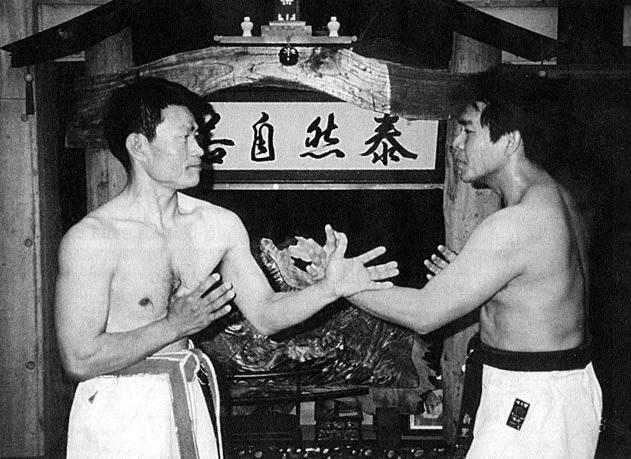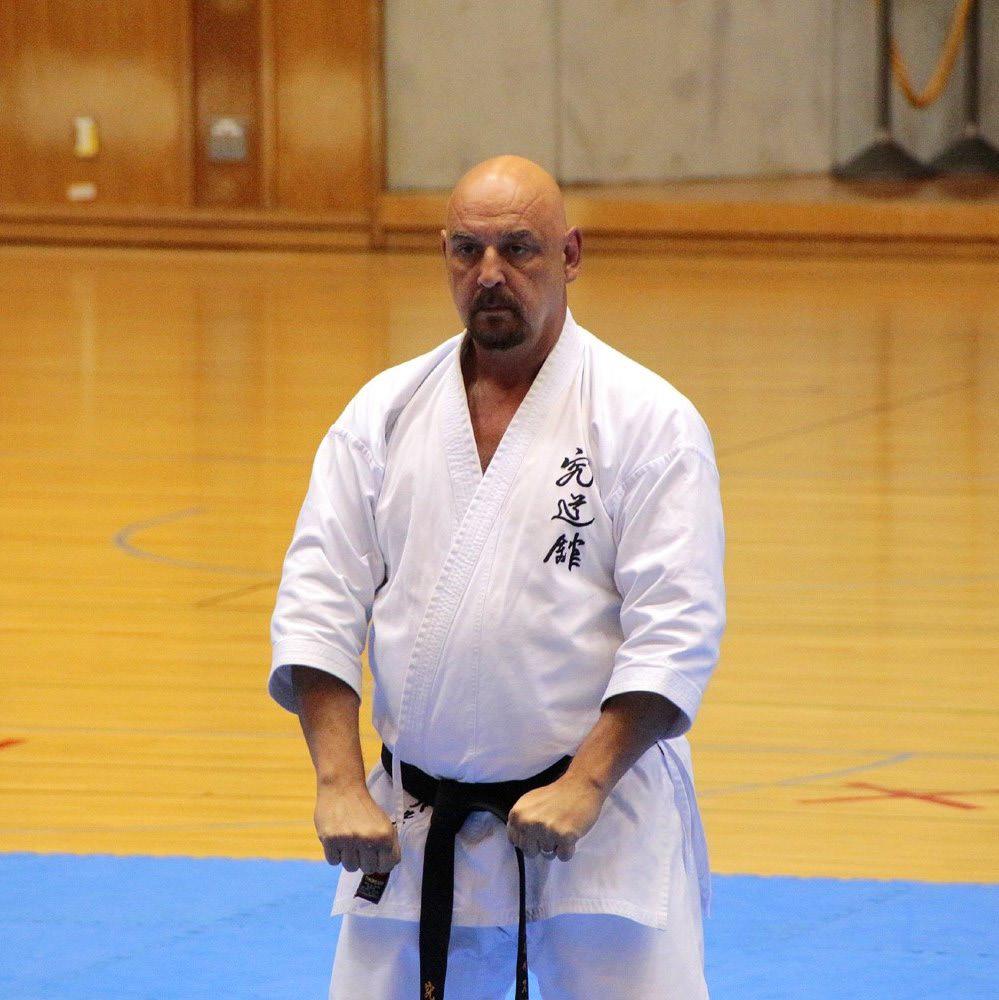
3 minute read
DOJO STORIES SENSEI Gerardo Balves
HISTORIAS DE DOJO
Sensei Gerardo Balves
Advertisement
KAKIDI Kakede, literally hooked hands (Okinawa = kakidi), is an ancient form of jiyū-kumite. It is also called kake-kumite. In this ancient form of combat, techniques were freely applied from a cross-arms position. In the times of the Ryūkyū Kingdom, that of Shuri-te and Tomari-te, (presumably even in the old Naha-te style), kakidī had been actively carried out. On rainy days, kakidī was practiced while sitting in the room. Motobu Chōki Sensei focused on the kakidī's training, saying that he: "leads to gaining an expert eye." Speaking from today's point of view, it seems to mean that it can lead to an improvement in dynamic visual acuity and reflexes. Since kakidī is performed from close range, quick reactions are required. Regarding the term kakete: according to Motobu Naoki Shihan, the Motobu-ryū uses the kakede (kakidī) pronunciation. When one pronounces kakete, today we identify it as a hook technique. Uechi-ryū practitioners often use this term as well. Following the abolition of the Ryūkyū Kingdom and the establishment of Okinawa Prefecture, kakidī as a training method gradually declined. The actual reason for this decline in his teaching and training is unknown. One of the factors, though, may have been that it was considered too dangerous a form of jiyū-kumite (free fighting) to be adopted in Okinawa prefectural school education. Of course, as a general rule when performing kakidī the techniques are stopped shortly before the target, which is called a sundome and is directly associated with actual jiyū-kumite, which means that the danger is somewhat minimized. In some schools currently, in addition to sundome practice, it can also be carried out through the use of protective equipment (bōgu). From the Ryūkyū kingdom era to the middle of the Meiji era, there was a form of actual combat called kakedameshi (kakidamishi
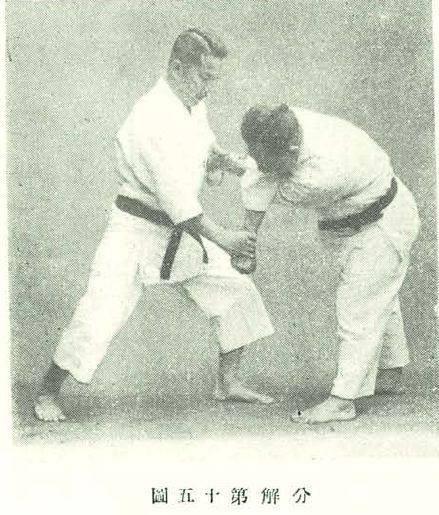
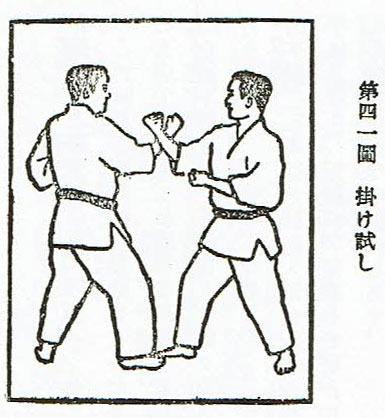
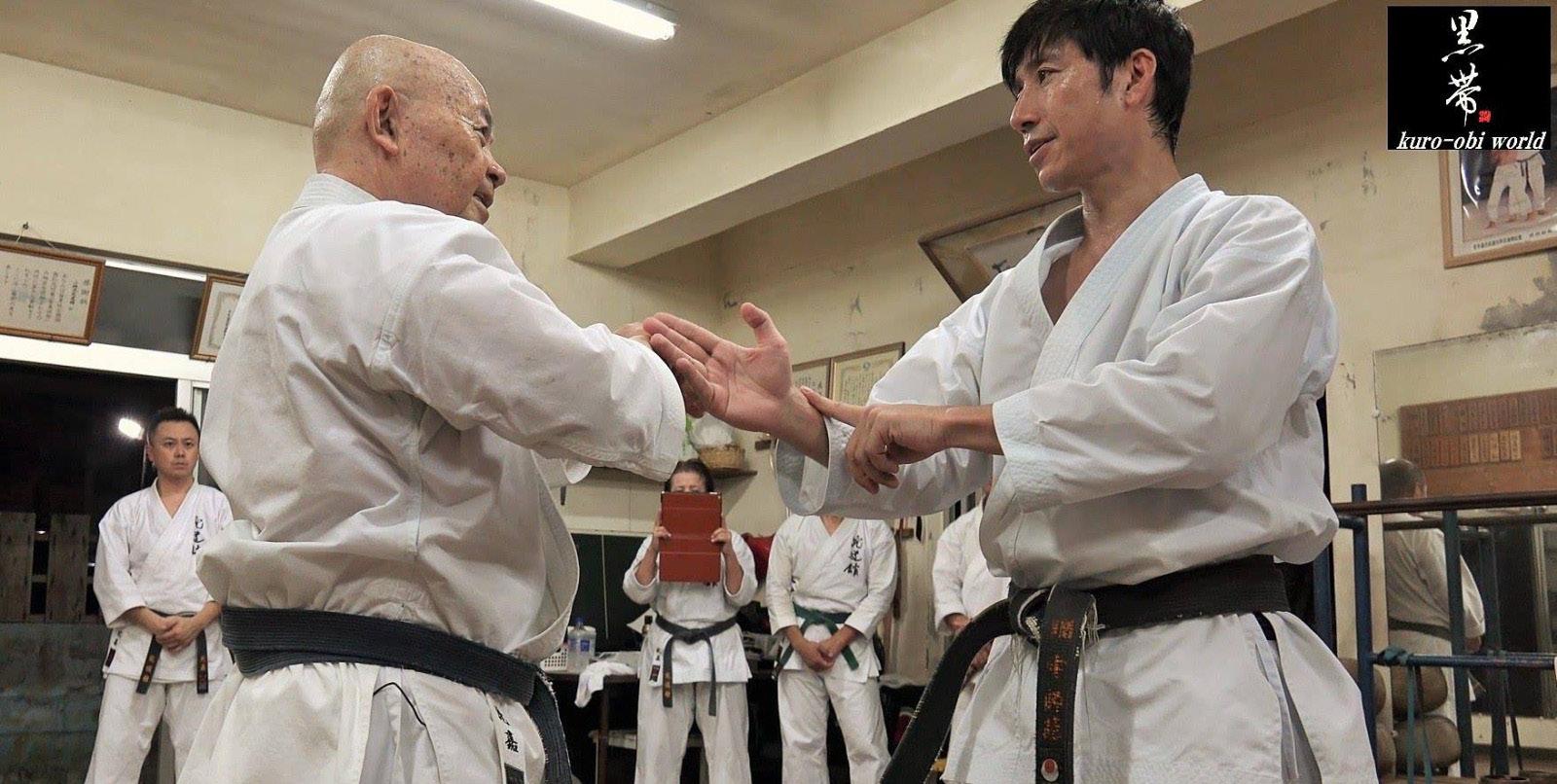
in Okinawan dialect) in the Tsuji district of Naha. This kakidamishi means a real implementation of kakidī". This etymology, too, currently seems to have been forgotten. Some researchers have misunderstood kakidamishi, since, not being a regulated combat, they considered it as a "street fight". But that's not what it means. The Kakidamishi was performed in accordance with the specific rules of the kakidī, and was performed with the safety of others in mind, and also under the watchful eye of an observer/witness. By the way, Tsuji (Chīji in Okinawan dialect) is the name of a district in Naha. In mainland Japan, during the Edo Period, there was what was called tsuji-giri. And it refers to a Samurai who randomly kills a passerby to test the sharpness and effectiveness of his sword, or simply to exercise. This Tsuji takes place on a busy street, or a crossroads. Therefore, this Tsuji is very different from the name of the Naha district, also called Tsuji. From this, the idea was created that led many on the mainland to believe that the kakidamishi was "the tsuji-giri of karate". From which it follows that it was the name Tsuji that was probably the cause of the confusion of meanings. Certainly, there were cases of challenges to sudden fights in kakidamishi, but this was usually the exception and exclusively with the consent of both parties. It should be noted that in the Naha-te of early modern times (since the Meiji Restoration), and in a few other schools of Shurite, the training method called kakie has been passed down, and that it is similar to the concept of kakidī. Whether it has the same origin as kakidī, or whether it is a training method passed down from China since before the Meiji period is unknown. In Chinese martial arts there is also a training method of the same type called tuisho (push hands). According to Marukawa Sensei, there is an episode that during a practice between Matsumora Kōsaku Sensei and Chōki Motobu Sensei, the latter hit him once in the face, and this event seems to have happened during a kakidī practice.
Gerard Balves 7th Dan Kobayashi-ryuKyudokan Coordinator of the International Group of Dojos Kyudo Mugen Kyudokan https://www.facebook.com/ gerardo.balves
